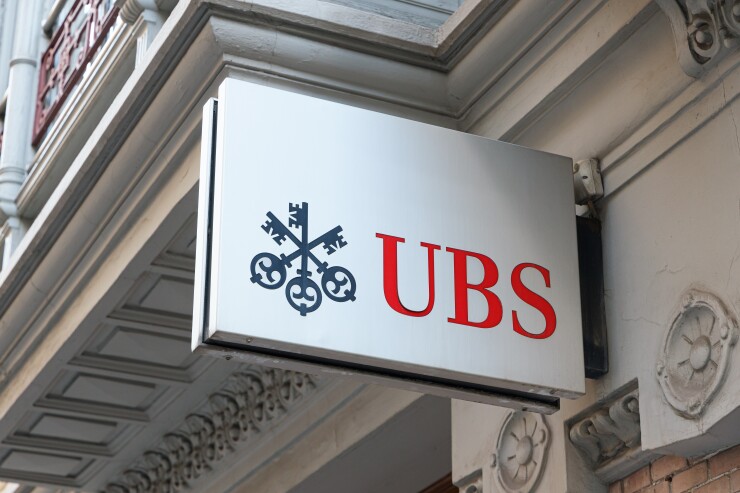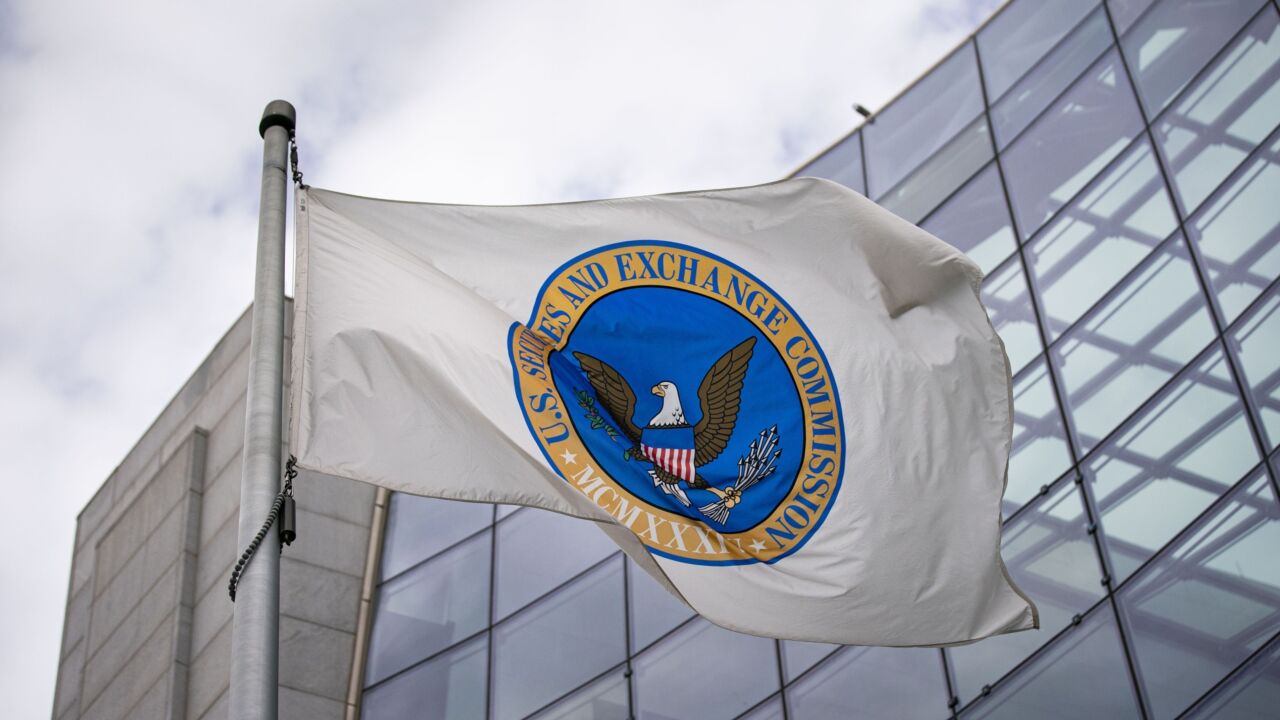In the middle of
"The art world is famously opaque, famously unregulated," which can be "daunting" for the uninitiated, said
The news comes as UBS has said that one of its top priorities is
READ MORE:
Owners of high-value art in the global $70 billion art market get to participate in "a keystone activity among successful individuals and families across the globe for centuries," wrote the authors of the bank's paper, which abounds with flattering language casting wealthy collectors as "exceptional" individuals who preserve the cultural treasures of humanity for future generations and who can become respected art experts and influencers.
Additionally, "You have the very basic benefit of living with great objects. You can create potentially a store of value, financially and culturally … [and] a lasting legacy," Newton said of collectors.
In addition to the bank's own corporate collection of over 30,000 artworks managed by a team of curators, UBS has sponsored the premier industry art fair, Art Basel, for many years, and boasts extensive connections in the art market.
"I've been the last couple of weeks at multiple dinners for galleries and various auction houses," Newton said. Newton himself is a
READ MORE:
The U.S. has for a long time been the top art market in the world by sales, followed by either China or the U.K., according to the UBS paper — and many M&A deals during the strong American bull market of most of the past decade have fueled
"Many families are getting patchwork type of advice" from biased players in the art world who had an interest in influencing their buying decisions, he added, citing clients of UBS's private wealth division who reported dissatisfactory prior experiences.
At the same time, Newton said, expensive art is getting more expensive, which raises the stakes for getting purchases right.
UBS, in this context, seeks to position itself as an independent advisor to those clients in the art market, Newton said. "I'm not trying to sell anything, I'm not tied to lending products. We don't charge a commission or a fee. … The firm really understands that wealthy clients love collecting art, and we want to show genuine interest in that, too. I would say that distinguishes us in some ways from some of the other wealth management firms." Although art advisory services in banks have existed for decades, Newton said, he believes that hiring more fiduciary-style art world experts to provide in-house guidance on collecting might become more prevalent, given the clear demand. "I wouldn't be surprised if that does catch on as a trend."
The paper, reflecting UBS's related art services, also offers advice to clients in creating foundations and loans with their artworks and incorporating those assets into estate plans.
"Just as business owners do a business succession plan, I would like to suggest that art collectors need an art succession plan," Leibell said. Without a well-defined plan for handling what will happen to art after its owner passes away, drama can arise among surviving heirs. "Litigation over tangible personal property that is not valuable, is extraordinary. People fight over the littlest thing because it's connected to some kind of emotion or love from a parent over a particular item."








